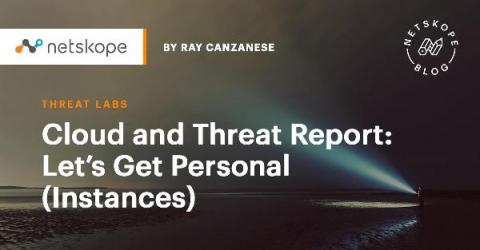Do customers really care about SASE? Absolutely, and here's why
As IT and security leaders adapt to business operations in the “new normal,” they are simultaneously being charged with priming the business to win in the next era of distributed computing. This involves myriad updates to the business’ IT systems, and in some cases, a comprehensive overhaul for network modernization, cloud migration, and edge design and deployment — all tightly wrapped with security.










